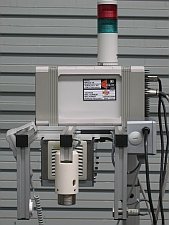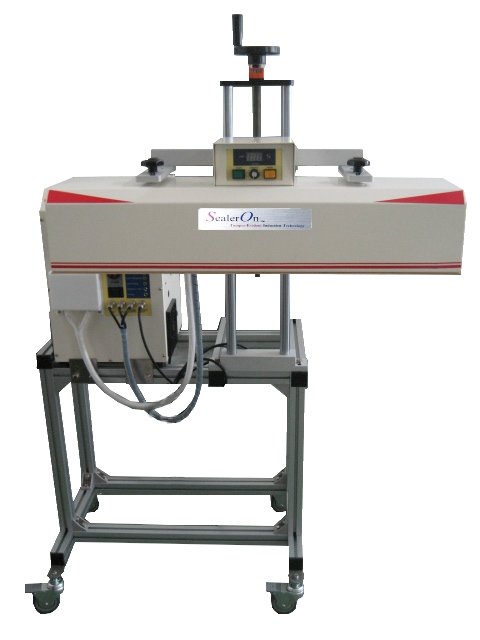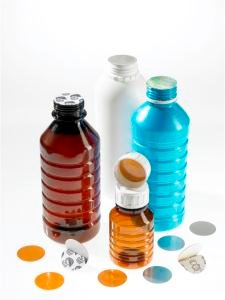What is the difference between a heat sealing machine and an induction sealing machine? This paper examines the difference in the case of an automated line.
Often, clients new to packaging approach Benefel asking for heat sealing equipment to seal their product without realising that this older, less sophisticated method of sealing a product is not what they really want. In terms of machine versatility, pricing, safety and set up nearly all these clients are better served using induction seal machinery.
Below are some key differences in the sealing machinery and sealing process:
Heat sealing machinery disadvantages:
- Products are sealed without their cap or lid in place.
- Product handling is more complicated when automated as the products need to be transported, without spillage, in the sealing machine using cups or turrets in open containers.
- Machinery is more dedicated to specific sizes of containers, given the complexity of transporting open containers.
- Versatility of heat sealing machinery is limited and requires significant change parts if a different size or shape container is to be sealed using the same machine.
- There is a physical source of heat that comes into contact with the container to melt the seal in place.
- The machinery is often rotary in nature increasing the size and cost of equipment compared to induction sealing machinery.
- The process cannot be started instantly as the physical sealing heat required needs the sealing element(s) to reach temperature.
- Physical handling of the product means the machine has many more service and set up issues compared to the induction sealing process where there is no physical contact.
- Heat sealing requires a larger sealing surface to work well; for instance if you look at a Yoghurt tub you will see the packaging is designed with a turned out flat rim to accept the heat sealing foil.
Heat sealing machine advantages:
- The sealing material per unit is usually less than induction sealing material.
- Products can be sealed without a lid or cap. Note there are Capless induction sealing machines but they are not so common and are usually more expensive.
- You can visually inspect each seal as there is no cap or lid covering the seal during the sealing process.
- Very low cost plastic seals (without a metal foil layer) can be used. This is a big advantage when the primary reasons for sealing do not include moisture and oxygen barrier requirements.
- Larger diameter jobs beyond 70mm will use a large amount of sealing material per item and hence the availability of lower cost sealing films becomes a more significant advantage for heat sealing.
To list the induction machine advantages and disadvantages would be to simply reverse the above mentioned factors. Nevertheless the benefits of induction sealing can be summarised below:
- Induction machines have a smaller machine foot print
- Induction machines are lower priced
- Induction machines do not need to touch or handle the product
- Induction machines are simpler and safer to operate having no physical source of heat
- Induction machines are versatile and can handle many different shapes and sizes of containers.
- Induction machines can be powered on and ready for production nearly instantly.
- Induction machines are much faster to adjust and set up for different jobs.
- Induction machines are far easier to move from one production line to another as they can simply be wheeled into place over an existing section of conveyor.
There are companies that are dedicated to converting old heat sealing machines over to induction sealing machines, whereas the reverse case does not exist pointing to the generally accepted opinion that when you need to seal a Jar or bottle the most likely method will be with an induction seal.
There is still a place for heat sealing usually limited to applications where the sealing diameter is more than 70mm and the volumes of the same size product are very large and changeover of sizes and shapes is not required. The other main application for heat sealing will be where the product has no lid or cover and the sealing film is what is relied upon to complete the package.






